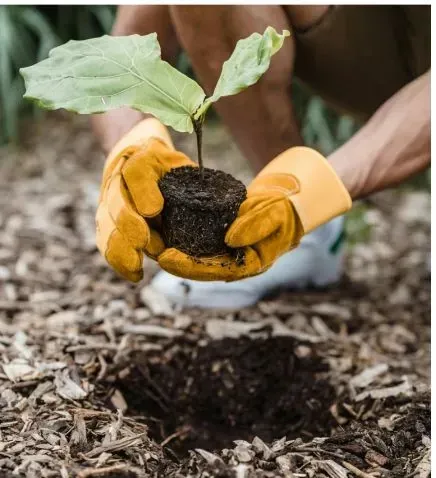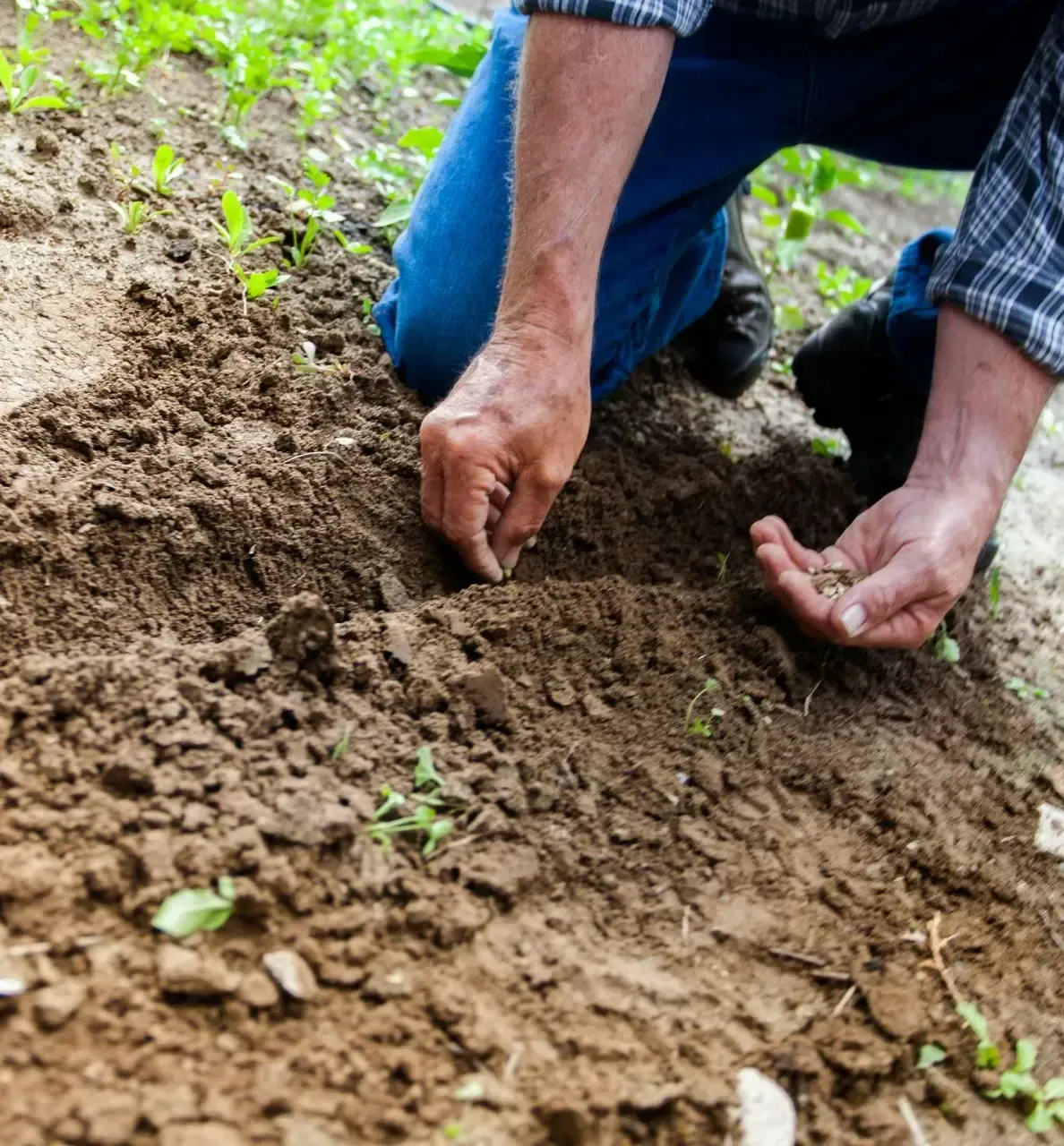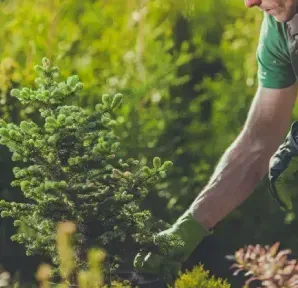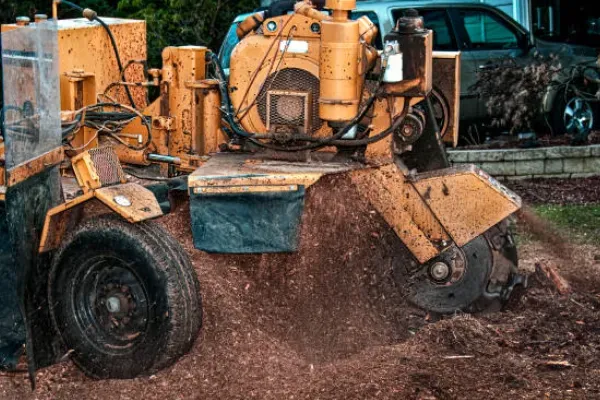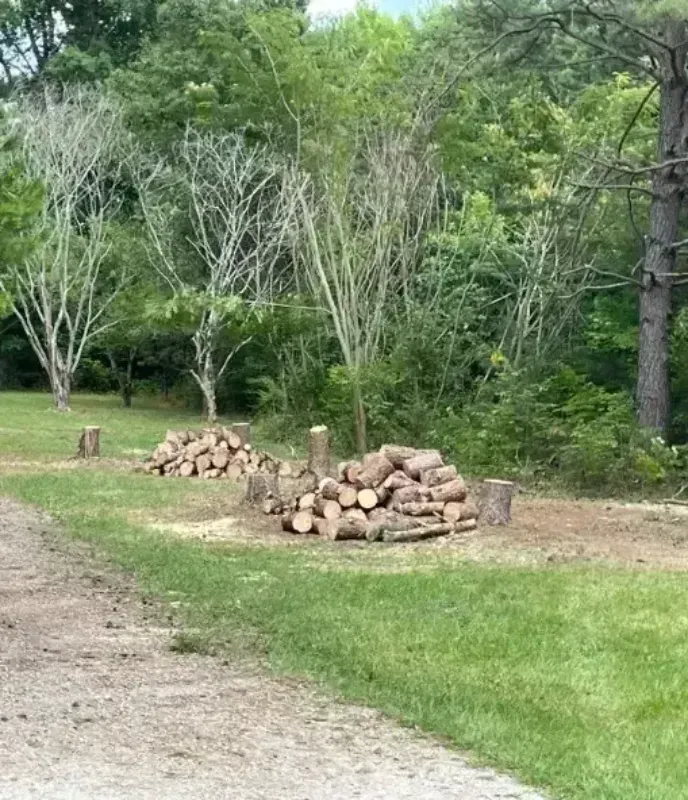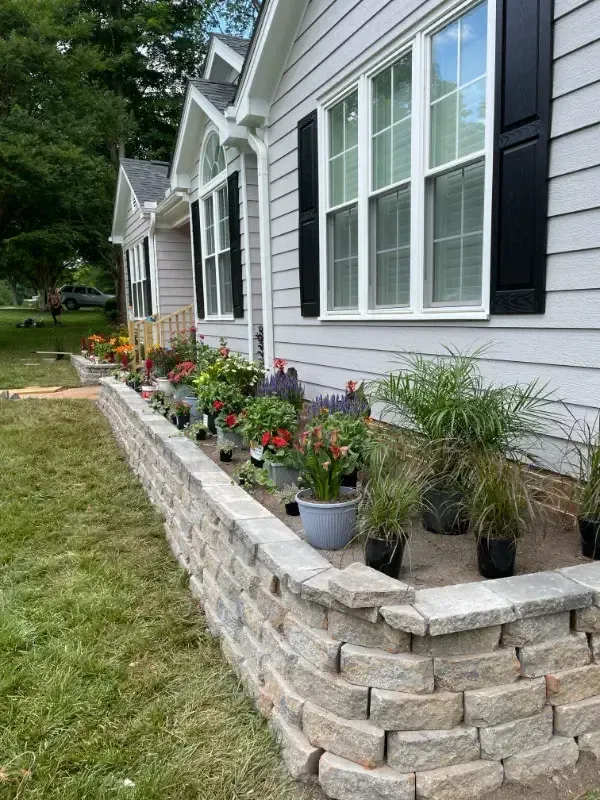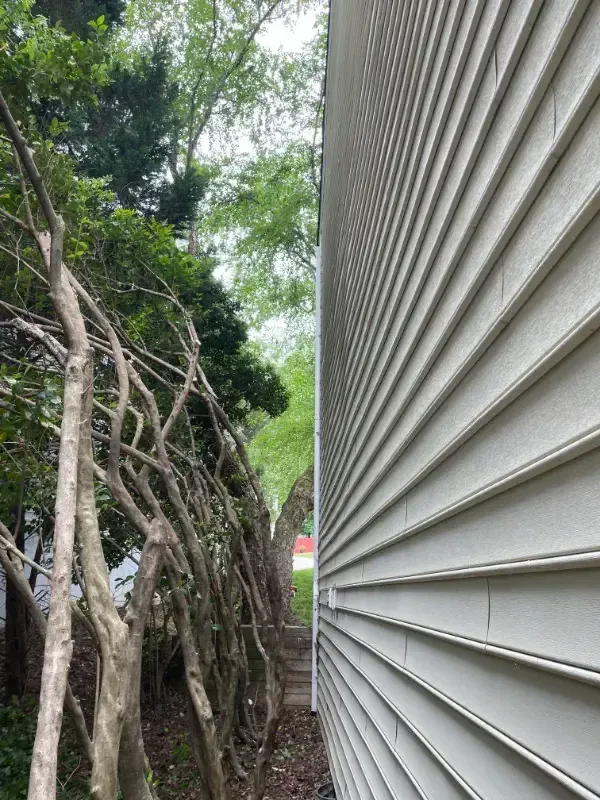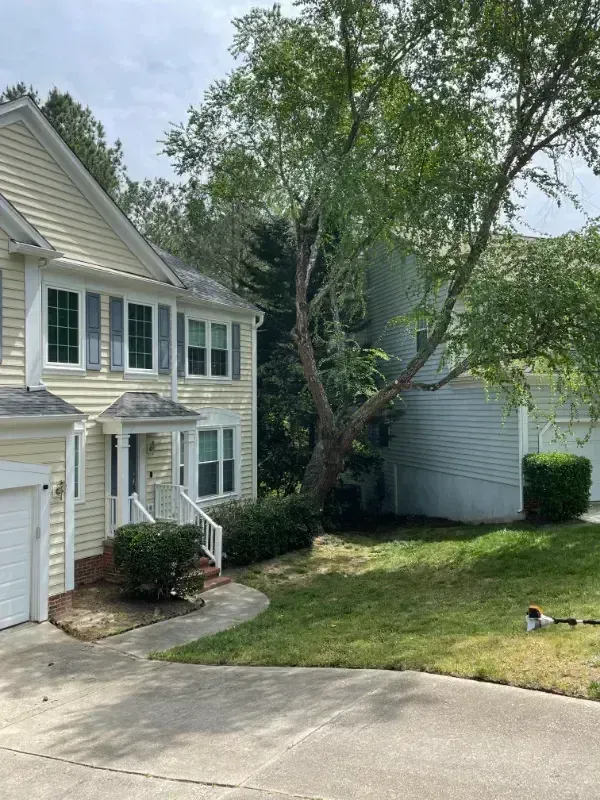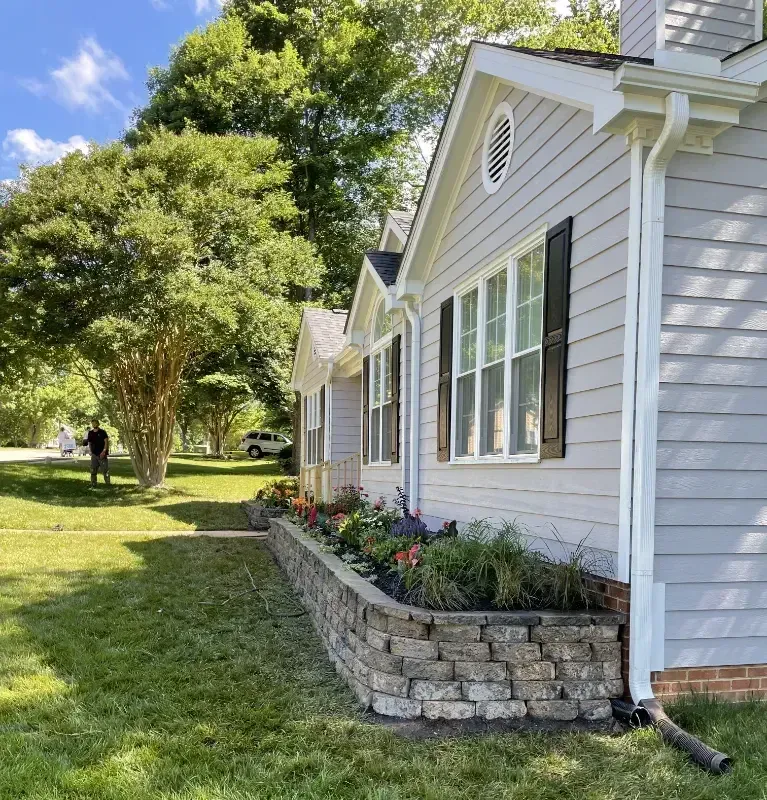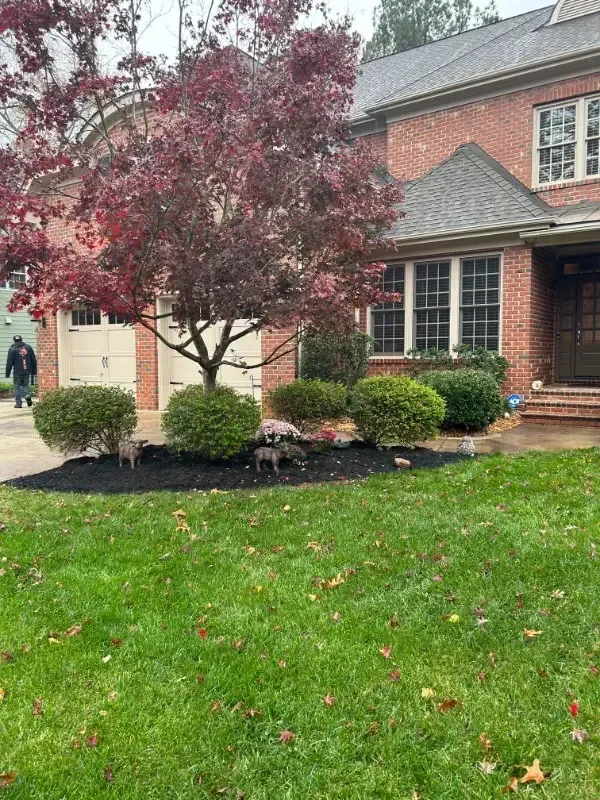Tree Planting 101: Best Practices for Healthy Growth
Why Tree Planting Matters: Benefits for Your Yard and Beyond
Planting a tree isn’t just about adding some greenery to your yard—it’s about creating a lasting legacy. Trees provide shade, beauty, and even cleaner air. Imagine sitting under the cool canopy of a tree you planted years ago, watching your kids play or simply enjoying a moment of peace. It’s an investment in your property, your family, and the planet.
But the benefits go even further! Trees can boost your home’s curb appeal, increase property value, and even lower energy costs by providing natural insulation. They’re also a haven for wildlife, offering a home to birds, squirrels, and beneficial insects. So when you plant a tree, you’re not just beautifying your yard—you’re giving back to nature.
Choosing the Right Tree for Your Space and Climate
Not all trees are created equal, and picking the right one is key to its success. Think about the size of your space. A giant oak might look great in a big backyard but could overwhelm a smaller area. And don’t forget about the climate! Some trees thrive in warm, sunny spots, while others prefer cooler conditions.
Do a little research or talk to a local arborist to find species that are native to your area. Native trees are like the hometown heroes of plants—they’re perfectly adapted to your climate and require less maintenance. Whether it’s a flowering dogwood or a sturdy maple, choosing the right tree is the first step to planting success.

When Is the Best Time of Year to Plant a Tree?
The right timing is crucial for successfully planting trees. The best times to plant are in the spring or fall when the weather is cooler, and the soil is easier to work with. These seasons give your tree plenty of time to establish roots before the heat of summer or the chill of winter kicks in.
Avoid planting during extreme weather conditions like freezing temperatures or scorching heat. A little planning goes a long way—get your tree in the ground during its ideal planting season, and you’ll set it up for a strong and healthy start.
Preparing the Perfect Spot: Site Selection and Soil Preparation
Picking the perfect spot for your tree is like choosing the best seat at a concert—location matters! Look for a spot with plenty of sunlight and enough room for your tree to grow to its full size. Keep in mind its mature height and width to avoid future issues with power lines, fences, or your home.
Once you’ve chosen the spot, it’s time to prep the soil. Create a hole that’s roughly double the width of the root ball and equal in depth. Loose, nutrient-rich soil is a tree’s best friend, so consider mixing in some compost to give it a healthy start. A little preparation now will pay off big in the years to come.
Step-by-Step Guide to Planting a New Tree
Planting a tree might sound intimidating, but it’s easier than you think. First, gently remove the tree from its container or burlap wrap, being careful not to damage the roots. Loosen up the roots if they’re tightly packed—this helps them spread out and grow.
Next, place the tree in the hole you’ve prepared, making sure it’s standing straight and the root flare (where the trunk meets the roots) is just above the soil line. Refill the hole with soil, pressing it down lightly to eliminate any air gaps. Water thoroughly to help the roots settle, and your tree is officially planted!
How to Properly Water Your Newly Planted Tree
Giving your newly planted tree a deep drink of water helps it adjust to its new home. Start with a thorough soak immediately after planting. This helps the soil settle and gives the roots access to much-needed moisture.
For the first year, keep the soil consistently moist but not soggy. A good rule of thumb is to water about once a week, increasing frequency during hot or dry spells. Mulching around the base of the tree can help retain moisture and keep those roots happy.
Why Mulching Matters: Key Benefits and Tips for Success
Mulching might seem like a small step, but it makes a big difference. A layer of mulch helps the soil retain moisture, regulates temperature, and keeps weeds at bay. Think of mulch as a snug, protective layer for your tree.
Spread a 2-3 inch layer of mulch around the base of the tree, but be sure to keep it a few inches away from the trunk to prevent rot. Think of it as a “mulch donut” rather than a “mulch volcano.” This simple step can help your tree thrive in its new home
.
Tree Staking: When and How to Provide Support
Not all trees need staking, but sometimes a little support can go a long way. Trees planted in windy areas or with weak trunks may need to be staked to stay upright. Use soft ties and sturdy stakes to secure the tree, but make sure not to tie it too tightly.
Remove the stakes after the first growing season to allow the tree to develop its own strength. Over-staking can do more harm than good, so let your tree grow naturally as soon as it’s ready.
Planting a Tree? Avoid These Common Pitfalls
Even with the best intentions, mistakes can happen. One common misstep is planting the tree too deep, which can suffocate the roots. Always ensure the root flare is visible above the soil line. Another mistake is overwatering—too much water can drown the roots and lead to rot.
Avoid skipping the mulch or piling it too high around the trunk. Remember to provide your tree with plenty of space to reach its full size. A little planning and attention to detail can help you avoid these pitfalls and set your tree up for success.
Long-Term Care Tips to Help Your Tree Thrive
Planting the tree is just the beginning—ongoing care is what helps it truly thrive. Regular watering, especially during dry periods, is essential in the first few years. Prune any dead or damaged branches to encourage healthy growth and keep pests at bay.
Fertilize sparingly, as too much can harm the tree. Keep an eye out for signs of stress like yellowing leaves or slow growth, and address any issues promptly. With a little love and care, your tree will grow strong and provide beauty and shade for generations to come.
Call Executive Tree Service NC for Professional Tree Planting
Excited to enhance your yard with a stunning new tree? At
Executive Tree Service NC, we’re here to help you every step of the way. From selecting the perfect tree to expert planting and care, we’ve got you covered. Located in
Creedmoor, NC, we’re just a call away. Contact us today at
(919)702-5904 to schedule a consultation and give your trees the strong, healthy start they deserve!
